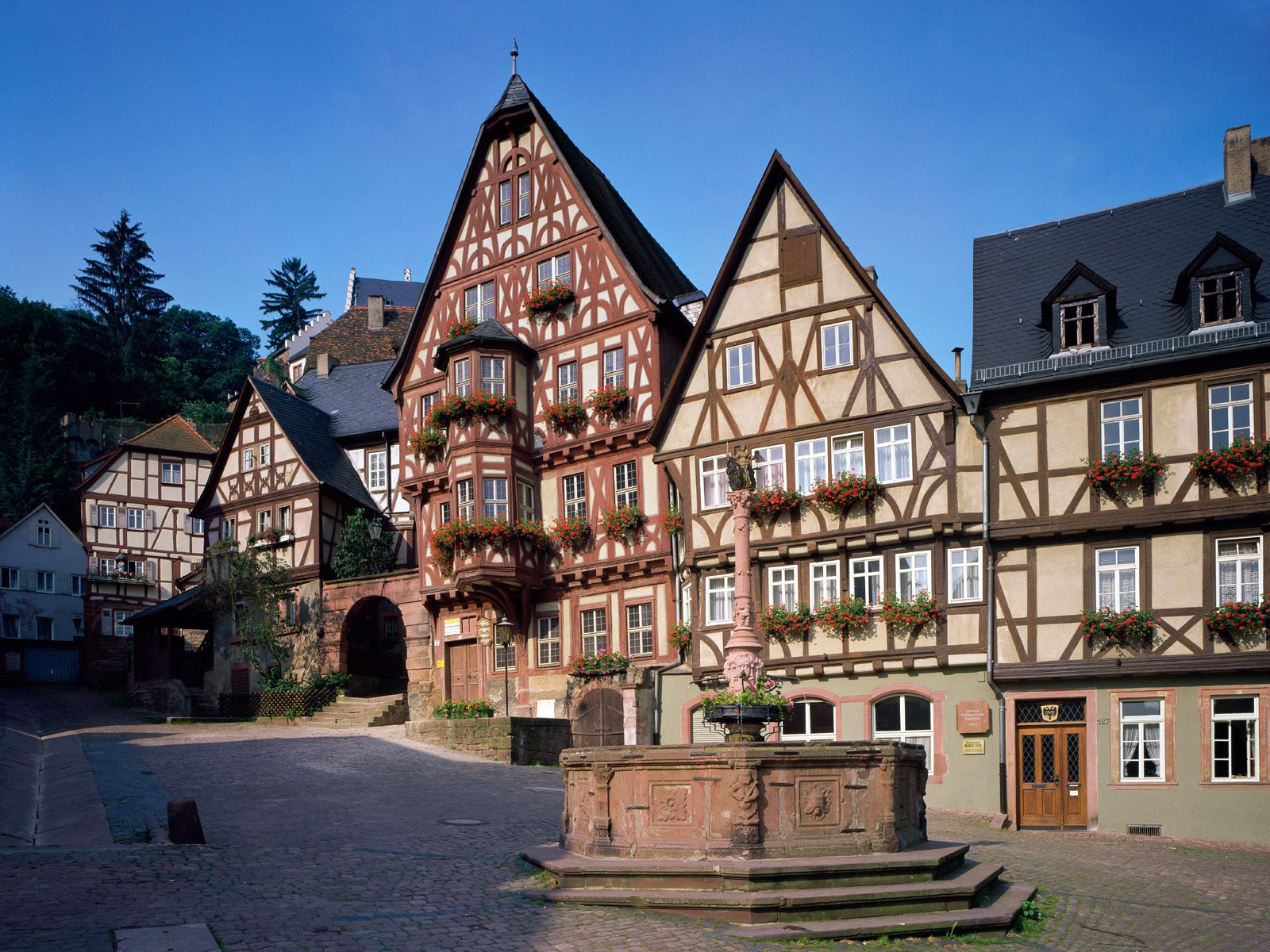Global Travel Information
Lake Pehoé, Chile
The Enchanting Beauty of Lake Pehoé, Chile
Nestled within the breathtaking landscapes of Torres del Paine National Park in Chilean Patagonia, Lake Pehoé is a shimmering jewel of unparalleled beauty. Known for its striking turquoise waters, dramatic mountain backdrops, and pristine wilderness, this lake captivates travelers, photographers, and nature enthusiasts alike. Whether reflecting the jagged peaks of the Paine Massif or shimmering under the golden hues of a Patagonian sunset, Lake Pehoé is a destination that embodies the raw, untamed spirit of one of the world’s most remote and awe-inspiring regions.
A Glimpse into Lake Pehoé’s Natural Splendor
Lake Pehoé spans approximately 22 square kilometers (8.5 square miles) and sits at an elevation of around 40 meters (130 feet) above sea level. Fed by the Paine River and glacial meltwater from the Southern Patagonian Ice Field, its vivid blue-green color is a result of finely ground rock particles, known as glacial flour, suspended in the water. These particles refract sunlight, creating an almost surreal, milky turquoise hue that contrasts dramatically with the surrounding landscapes.
The lake’s most iconic feature is its unobstructed view of the Cuernos del Paine (Horns of Paine)—towering granite spires that rise sharply above the horizon. Alongside them, the jagged silhouette of the Paine Grande, the highest peak in the massif, completes a panorama that has become synonymous with Patagonia’s untamed beauty.
The Ecological Significance of Lake Pehoé
Lake Pehoé is more than just a scenic wonder; it is a vital part of the region’s delicate ecosystem. The lake and its surroundings support a diverse range of flora and fauna, including native species such as guanacos (wild relatives of llamas), Andean condors, and the elusive puma. The waters themselves are home to trout, which attract birds like the black-necked swan and the Chilean flamingo.
The vegetation around the lake consists largely of hardy Patagonian shrubs and grasses, adapted to withstand the region’s fierce winds and unpredictable weather. The Magellanic subpolar forests, dominated by lenga and ñirre trees, add a touch of greenery to the otherwise rugged terrain.
Exploring Lake Pehoé: Activities and Adventures
For visitors to Torres del Paine National Park, Lake Pehoé serves as both a destination and a gateway to further exploration. Some of the most rewarding experiences include:
-
Hiking the Paine Circuit – Many trekkers pass by Lake Pehoé on the famous "W" or "O" circuits, multi-day hikes that offer some of the best views of the lake and the surrounding peaks. The Mirador Cuernos viewpoint, accessible via a moderate hike, provides a stunning vantage point overlooking the water.
-
Boat Crossings to Refugio Paine Grande – A short but scenic catamaran ride across Lake Pehoé connects visitors to Refugio Paine Grande, a popular base for hikers exploring the French Valley or Grey Glacier. The journey itself is unforgettable, with the lake’s shifting colors and the ever-present backdrop of the Paine Massif.
-
Photography at Sunrise and Sunset – The interplay of light and landscape around Lake Pehoé is a photographer’s dream. At dawn and dusk, the lake mirrors the fiery hues of the sky, while the Cuernos del Paine glow in shades of pink and gold.
-
Wildlife Watching – Patient observers may spot guanacos grazing near the shoreline or condors soaring overhead. The lake’s quieter corners are ideal for birdwatching, particularly in the early morning.
The Cultural and Historical Context
While Lake Pehoé’s natural beauty is its primary draw, the region also holds cultural significance. The area was once inhabited by the indigenous Aónikenk (Tehuelche) people, who traversed these lands for centuries before European settlers arrived. Today, the nearby town of Puerto Natales serves as a hub for travelers, offering insights into the region’s history through museums and local guides.
The name "Pehoé" itself is derived from the Tehuelche language, meaning "hidden" or "secret," a fitting tribute to the lake’s secluded and mystical aura.

Preserving Lake Pehoé for Future Generations
As tourism in Patagonia grows, conservation efforts have become increasingly important. Torres del Paine National Park operates under strict environmental regulations to protect its fragile ecosystems. Visitors are encouraged to follow Leave No Trace principles, staying on marked trails and minimizing their impact on the land.
Climate change poses another challenge, as rising temperatures accelerate glacial retreat, potentially altering the lake’s water sources. Sustainable tourism practices and ongoing scientific research are crucial to ensuring that Lake Pehoé remains as pristine for future generations as it is today.
Final Thoughts: A Place of Timeless Wonder
Lake Pehoé is more than just a body of water—it is a living testament to the power and beauty of nature. Its ever-changing colors, dramatic surroundings, and sense of untouched wilderness make it one of Patagonia’s most unforgettable destinations. For those fortunate enough to witness its splendor, the lake leaves an indelible mark, a reminder of the Earth’s raw and unspoiled majesty.
Whether you come for adventure, solitude, or simply to stand in awe of nature’s grandeur, Lake Pehoé offers an experience unlike any other. In a world where true wilderness is increasingly rare, this Chilean gem remains a sanctuary of breathtaking beauty.
相关文章
- Elbe River Botanical Gardens: Flowers & Plants Along the Banks
- Elbe River Zoos & Aquariums: Family Fun Near the River
- Elbe River Amusement Parks: Rides with River Views
- Elbe River Camping Spots: Pitch a Tent by the Water
- Elbe River Glamping Sites: Luxury Camping Along the Banks
- Elbe River RV Parks: Stay in Your Camper Near the River
- Elbe River B&Bs: Cozy Accommodations with a Personal Touch
- Elbe River Hostels: Budget Stays for Young Travelers
- Elbe River Business Travel Guide: Meetings & Events Near the Water
- Elbe River Conference Venues: Spaces with River Views
发表评论
评论列表
- 这篇文章还没有收到评论,赶紧来抢沙发吧~


